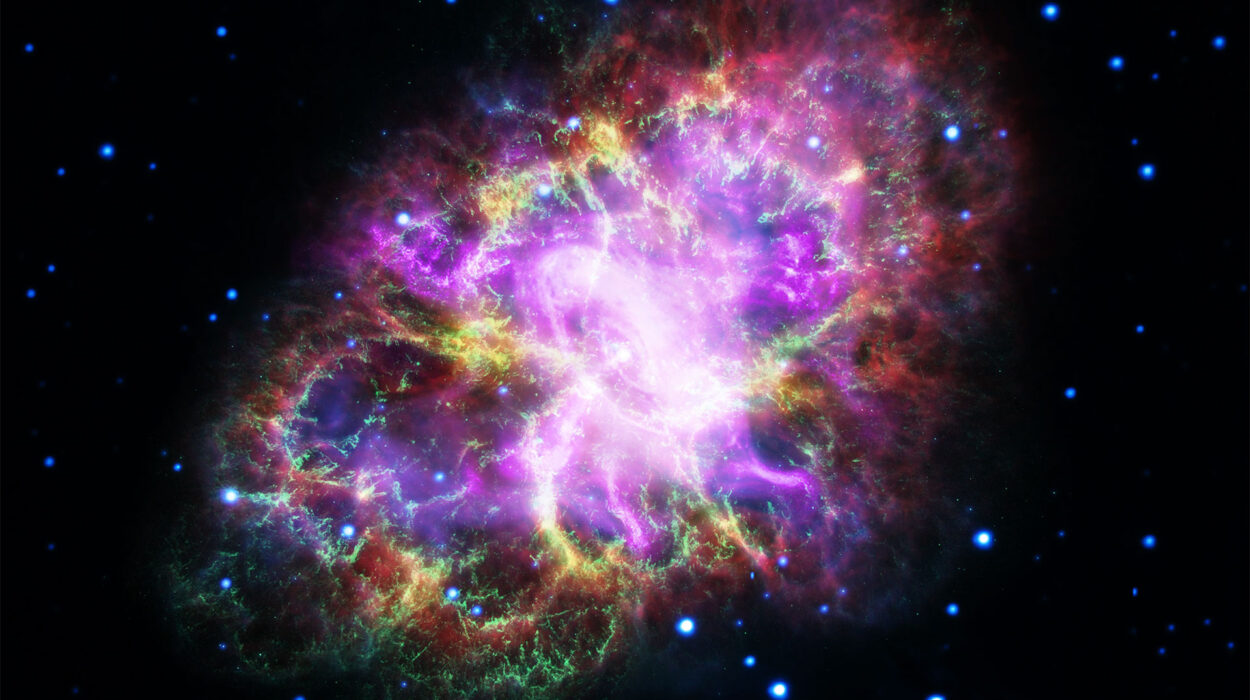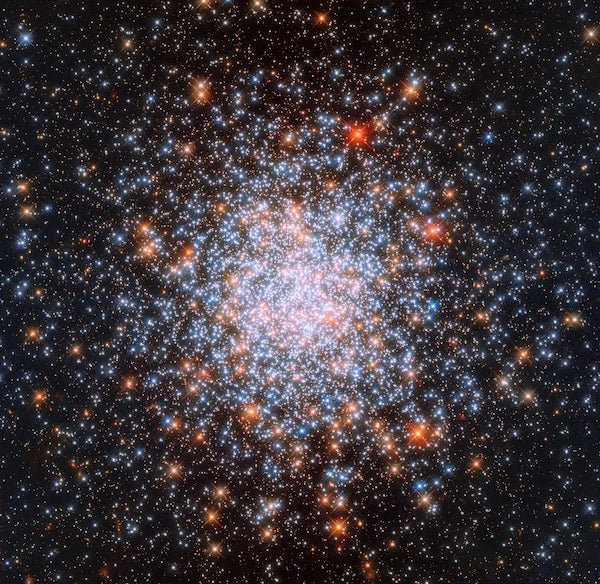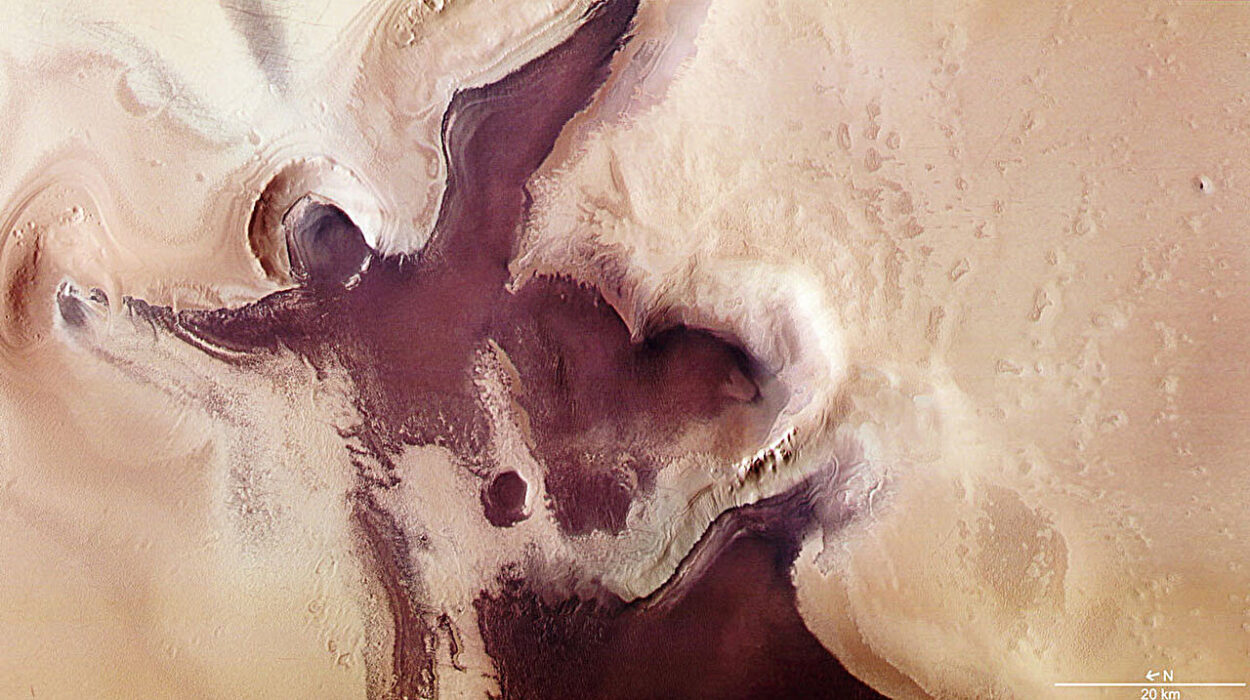Since time immemorial, humanity has gazed at the night sky with wonder and curiosity, asking the same profound question: Are we alone in the universe? This question has transcended cultures and epochs, inspiring myths, philosophies, and modern science alike. The search for extraterrestrial life is not merely a scientific endeavor; it touches upon our deepest existential yearnings and the very nature of life itself.
The universe is vast beyond comprehension. Our Milky Way galaxy alone contains hundreds of billions of stars, and there are billions of galaxies stretching across the observable cosmos. With such staggering numbers, it seems almost presumptuous to think Earth harbors life uniquely. Yet, for all this vastness, we have no definitive proof of life beyond our blue planet.
What makes the search for extraterrestrial life so challenging? How do scientists go about the search? What have we found so far? And where do we stand today in this cosmic quest? Let’s embark on a journey through history, technology, and discovery to understand humanity’s efforts to find life beyond Earth.
The Foundations of the Search: Understanding Life and Habitability
Before we can look outward, we must first ask what we are looking for. Life, as we understand it on Earth, is a complex chemical phenomenon involving organic molecules, self-replication, metabolism, and adaptation. Our life is carbon-based, relies heavily on water as a solvent, and uses DNA or RNA for genetic information.
But are these Earth-bound parameters the only way life can exist? This question haunts astrobiologists. Could life be fundamentally different elsewhere, or is there a universal pattern? So far, the search has focused on life as we know it, because it is the only model we understand well enough to recognize.
One of the key concepts in the search is the idea of the habitable zone—the region around a star where conditions might allow liquid water to exist on a planet’s surface. This “Goldilocks zone” is not too hot and not too cold, making it a prime candidate for life-supporting environments.
Yet, the story is far richer. Some moons in our own solar system, like Europa and Enceladus, orbit outside their star’s habitable zone but host subsurface oceans beneath icy crusts warmed by tidal forces. These environments could harbor life, expanding the scope of what we consider habitable.
Early Speculations and the Dawn of Modern Science
The question of extraterrestrial life moved from myth and speculation to empirical science gradually over centuries. Ancient philosophers like Epicurus speculated that infinite worlds must exist, some possibly inhabited. But it was only with the advent of the telescope in the 17th century that humanity began to glimpse other worlds with increasing clarity.
In the late 19th and early 20th centuries, some astronomers mistakenly believed they had seen artificial canals on Mars, hinting at intelligent life. Though later disproven, these observations sparked public imagination and scientific interest.
The mid-20th century marked a turning point with the rise of radio astronomy and space exploration. The realization that we could send probes to other planets or listen for signals from intelligent civilizations fueled a new, systematic search.
In 1959, physicists Giuseppe Cocconi and Philip Morrison proposed the idea of searching for interstellar radio signals from extraterrestrial civilizations. This led to the foundation of SETI—the Search for Extraterrestrial Intelligence—a collaborative effort using radio telescopes to scan the skies for artificially generated signals.
The Search for Life in Our Own Backyard: Mars and the Moons of the Outer Solar System
Our nearest celestial neighbors have been the first targets in the search for life beyond Earth. Mars, with its deserts, polar ice caps, and seasonal changes, has long intrigued scientists.
Early robotic missions—like the Viking landers in the 1970s—searched directly for microbial life on Mars but found ambiguous results. The surface turned out to be hostile: radiation from the Sun, lack of a thick atmosphere, and oxidizing chemicals made survival difficult. However, evidence of ancient riverbeds and minerals formed in the presence of water suggested Mars was once much wetter and possibly hospitable.
Today, missions like NASA’s Perseverance rover and the European Space Agency’s ExoMars rover are drilling into the Martian crust, seeking biosignatures—chemical signs that life once existed or might still persist underground.
Beyond Mars, moons orbiting the giant planets have captivated astrobiologists. Europa, one of Jupiter’s largest moons, boasts a subsurface ocean beneath a thick ice shell, warmed by gravitational flexing. The Hubble Space Telescope has even detected water vapor plumes erupting from its surface, hinting at possible hydrothermal activity beneath.
Similarly, Saturn’s moon Enceladus sprays jets of water and organic molecules from its south pole, evidence of an ocean with the ingredients for life. These discoveries have shifted the focus of astrobiology: life might thrive in ocean worlds under thick ice, protected from harsh surface conditions.
Exoplanets: New Worlds in the Cosmic Ocean
The greatest revolution in the search for extraterrestrial life came with the discovery of exoplanets—planets orbiting stars beyond our Sun.
In 1992, astronomers found the first planets orbiting a pulsar. But the breakthrough came in 1995, when Michel Mayor and Didier Queloz announced the discovery of 51 Pegasi b, the first exoplanet orbiting a Sun-like star.
Since then, the number of known exoplanets has exploded, thanks to missions like NASA’s Kepler Space Telescope, which monitored over 150,000 stars and discovered thousands of candidates.
The variety of exoplanets has astonished scientists. Gas giants orbiting close to their stars (“hot Jupiters”), rocky Earth-sized planets in habitable zones, planets orbiting two suns, and even rogue planets drifting through interstellar space have been detected.
Kepler’s discoveries have revealed that planets are common—more stars than not have planets. Even more excitingly, thousands of potentially habitable planets have been identified, where temperatures could allow liquid water to exist.
The next generation of telescopes—such as the James Webb Space Telescope—are poised to analyze the atmospheres of these distant worlds. By studying the gases present, scientists hope to find signs of biological activity, like oxygen, methane, or other molecules out of chemical equilibrium.
The Technosignature Quest: Listening and Looking for Signs of Intelligence
While microbial life might be widespread, the search for intelligent extraterrestrial life takes a different approach.
SETI has spent decades scanning the skies for narrow-band radio signals or laser pulses that could not be produced naturally. Though no confirmed signals have been detected, these efforts have only scratched the surface of the vast cosmic haystack.
More recently, the concept of technosignatures has expanded beyond radio waves. Scientists now consider the possibility of detecting alien megastructures, like Dyson spheres—hypothetical constructions around stars to capture energy—or atmospheric pollutants indicative of industrial activity.
In 2017, the discovery of ‘Oumuamua, an interstellar object passing through our solar system, sparked debate. Some suggested its unusual trajectory might be consistent with artificial origin, though the consensus remains natural.
Advances in optics, computing, and artificial intelligence have boosted our ability to sift through massive datasets for anomalies—potential signs of extraterrestrial technology.
Life’s Origins and the Limits of Biology
Understanding life’s origins on Earth provides crucial insights into the search for life elsewhere.
Theories about how life began—from primordial soup chemistry to hydrothermal vents—highlight that life emerged relatively quickly after Earth’s formation. This suggests life could arise in similar conditions elsewhere.
Yet, the search is complicated by the limits of biology. Life as we know it requires water, energy sources, and chemical building blocks. Some extremophiles on Earth survive in boiling acid springs, frozen tundras, or deep underground, broadening our understanding of possible habitats.
Still, the exact threshold conditions for life remain uncertain. Could life exist without water? Could silicon replace carbon? Could life thrive in exotic solvents like methane or ammonia? These remain open questions, guiding researchers to consider broader definitions of habitability.
The Challenges of Detection and Interpretation
Detecting extraterrestrial life is a monumental challenge. Even if life exists elsewhere, it might be microbial and hidden beneath ice or soil. It might use biochemistries unfamiliar to us, leaving no obvious signs.
Remote sensing techniques depend on detecting biosignatures—chemical markers like oxygen or methane that may suggest biological processes. But these can also be produced by abiotic means, creating potential false positives.
Similarly, technosignatures may be subtle, transient, or intentionally hidden.
Interpretation requires caution and humility. The history of science is littered with premature claims and misunderstandings. The stakes—proof that we are not alone—are so high that extraordinary evidence is needed.
Philosophical and Cultural Reflections
The quest for extraterrestrial life is not just scientific; it reshapes our worldview.
Finding life elsewhere would answer one of humanity’s oldest questions and profoundly affect philosophy, religion, and culture. Would we feel connected or isolated? Would we consider ourselves unique or part of a cosmic community?
Even silence—the absence of detected signals—raises questions. The Fermi Paradox highlights this tension: given the vastness and age of the universe, why haven’t we found signs of life yet? Are intelligent civilizations rare, short-lived, or avoiding detection?
Looking Forward: The Future of the Search
As we advance, the search accelerates on many fronts.
New telescopes will peer deeper into exoplanet atmospheres. Missions to icy moons will drill beneath ice crusts. Advances in synthetic biology may help us understand alternative life chemistries.
Private companies and international collaborations add momentum, expanding capacity and ambition.
Artificial intelligence will play a greater role in analyzing data, spotting patterns, and even directing autonomous exploration.
Above all, the quest will require patience, open-mindedness, and cooperation.
Conclusion: Standing on the Threshold
Where do we stand now? Humanity is poised on the brink of discovery. We have found thousands of new worlds, glimpsed oceans under alien ice, and sharpened our tools to listen to the cosmos.
We have not yet found definitive proof of life beyond Earth. But our understanding of where and how to look has expanded dramatically.
The search for extraterrestrial life is a journey of curiosity, courage, and hope—an endeavor that connects us across time and space, reminding us that in the vast silence of the universe, the question endures, waiting for an answer.
Are we alone? The answer may lie just beyond the next horizon.






